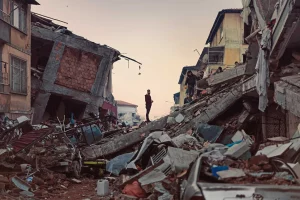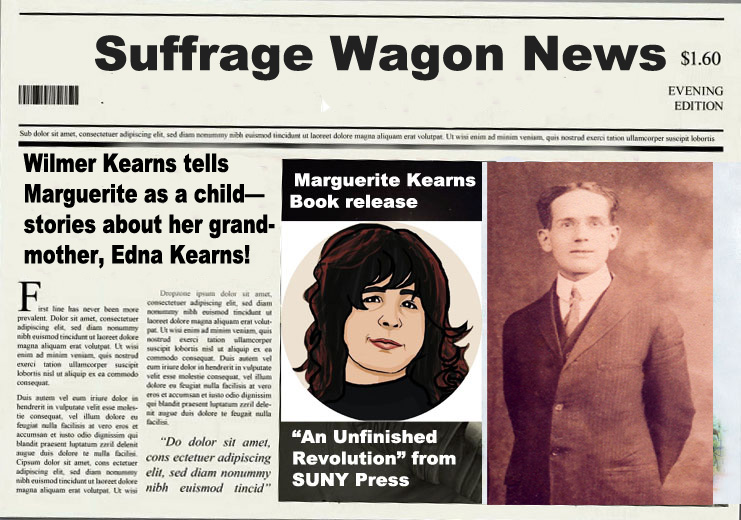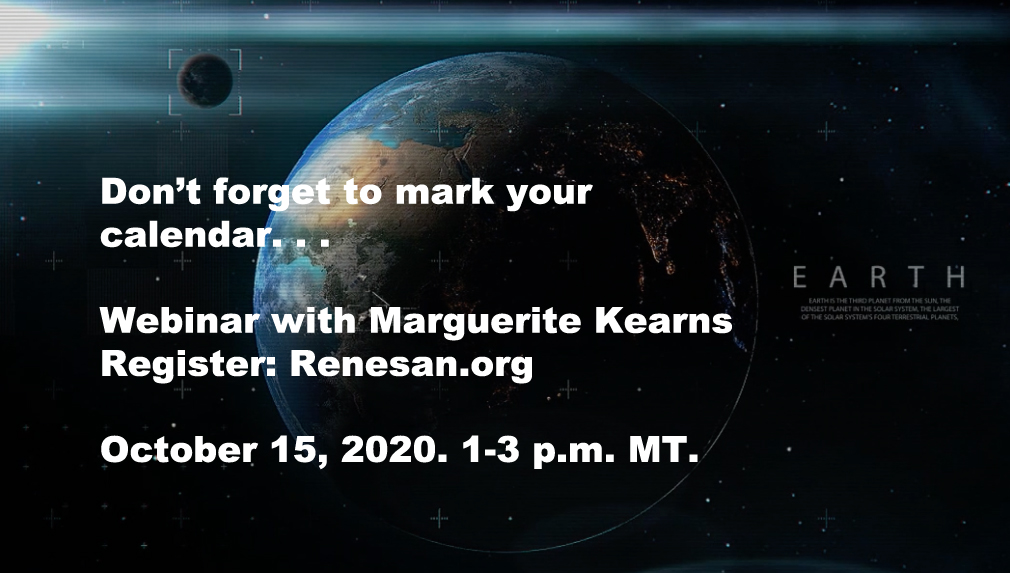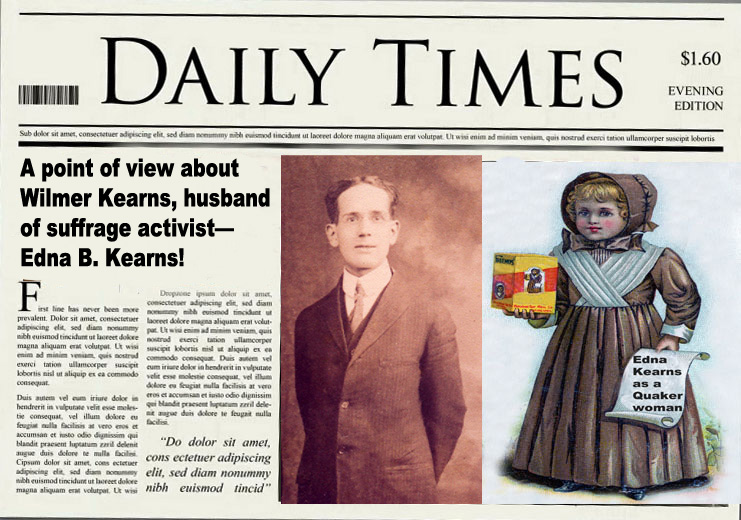by Marguerite Kearns
 This image is from The New York Times: February 11, 2023. The discussion below is linked to educational efforts to comment and spread the word.
This image is from The New York Times: February 11, 2023. The discussion below is linked to educational efforts to comment and spread the word.
Caption: A man watched volunteers search for people in the old quarter of Antakya in Hatay Province, Turkey. Emily Garthwaite for The New York Times.
https://www.nytimes.com/2023/02/11/opinion/turkey-earthquake-orhan-pamuk.html
The photo by award-winning photographer Emily Garthwaite, accompanies an opinion piece about the earthquake in Turkey by Orhan Pamuk, the Turkish novelist awarded the Nobel Prize for Literature in 2006.
I found the image compelling because it is looking up at the wreckage. It avoids personal identification and yet the point is made that the event and its impact is felt beyond this particular location in Turkey.
The image avoids isolating the rage, bewilderment, and the many other legitimate reactions expressed among the witnesses to the thousands who died in Turkey and Syria as a result of the February 2023 earthquake. The accompanying article in the NYT is personal, specific, and visual. It leaves the reader with an intimacy accompanying the news that’s difficult to replicate.
At first, I thought the photo was staged. Then after inspecting it closely, I realized that the other people in the photo were off to the right inspecting the wreck and searching for survivors. The man standing in the center of the image appears to be taking a break, but it is clear that the wreckage is overwhelming and traumatic.
MY OPINION ABOUT THE PHOTO, ARTICLE, AND IMPLICATIONS
Viewers can’t see the details of his face, but the reader is engaged in the process of assessing what is clearly a tragic situation. All humans on Planet Earth are involved, whether or not we are personally involved. And the image is definitely a work of art, as well as a documentation of what is happening in the earthquake’s aftermath.
I WAS DRIVEN TO FIND OUT MORE ABOUT THE PHOTOGRAPHER
I watched a video interview of the photographer, Emily Garthwaite, on YouTube. She is clear about the ethical issues associated with rolling into a scene to capture the news, as well as document the impact on the thousands involved. She avoids stereotypes and speaks freely about how she makes images in a slow manner of winning the trust of those involved and walking her talk as well as being accountable for her actions.
Many folks have an opinion about the earthquake. Some say the earth spirit is speaking its truth. Others maintain that corporate profits are more important than the personal impact. Others conclude that there are no safe places left on Planet Earth. Many of those pointing fingers reinforce the impact of an earthly lifestyle that is not suitable for the future. The man featured in the Garthwaite image realizes this, I imagine. He’s taking a break and will return to sorting through the damage. He represents all of us.
Trauma isn’t handled easily with hopeful solutions such as meditation and yoga and conferences like the one I signed up for that focuses on bandaids. It would be convenient if the creative arts were responsible for solving all human-related problems.
IMAGES CONTINUE TO HAVE AN IMPACT…
In many instances, award-winning images have been responsible for isolating specific instances of policy and injustices that are symbolic of a larger problem or condition. This is why this image is evocative. It is deeply human.
I won’t be surprised if Emily Garthwaite wins another award for her work. The key takeaway is whether or not this image is an inspiration for others to take serious action while the opposition contracts and reacts to an insistence that all of earth’s woes are isolated and unconnected.
Suffrage Wagon News Channel has been publishing since 2009.



